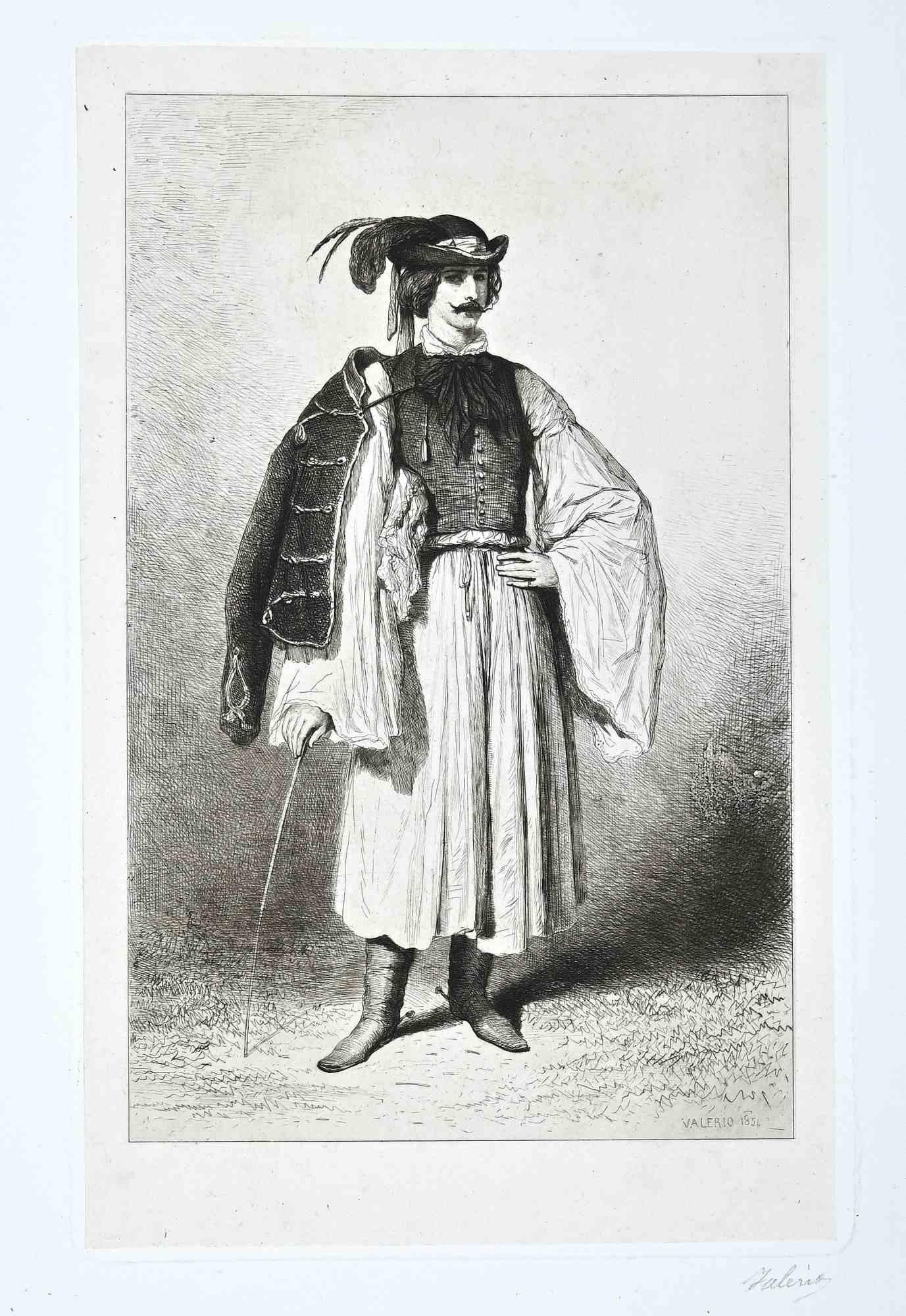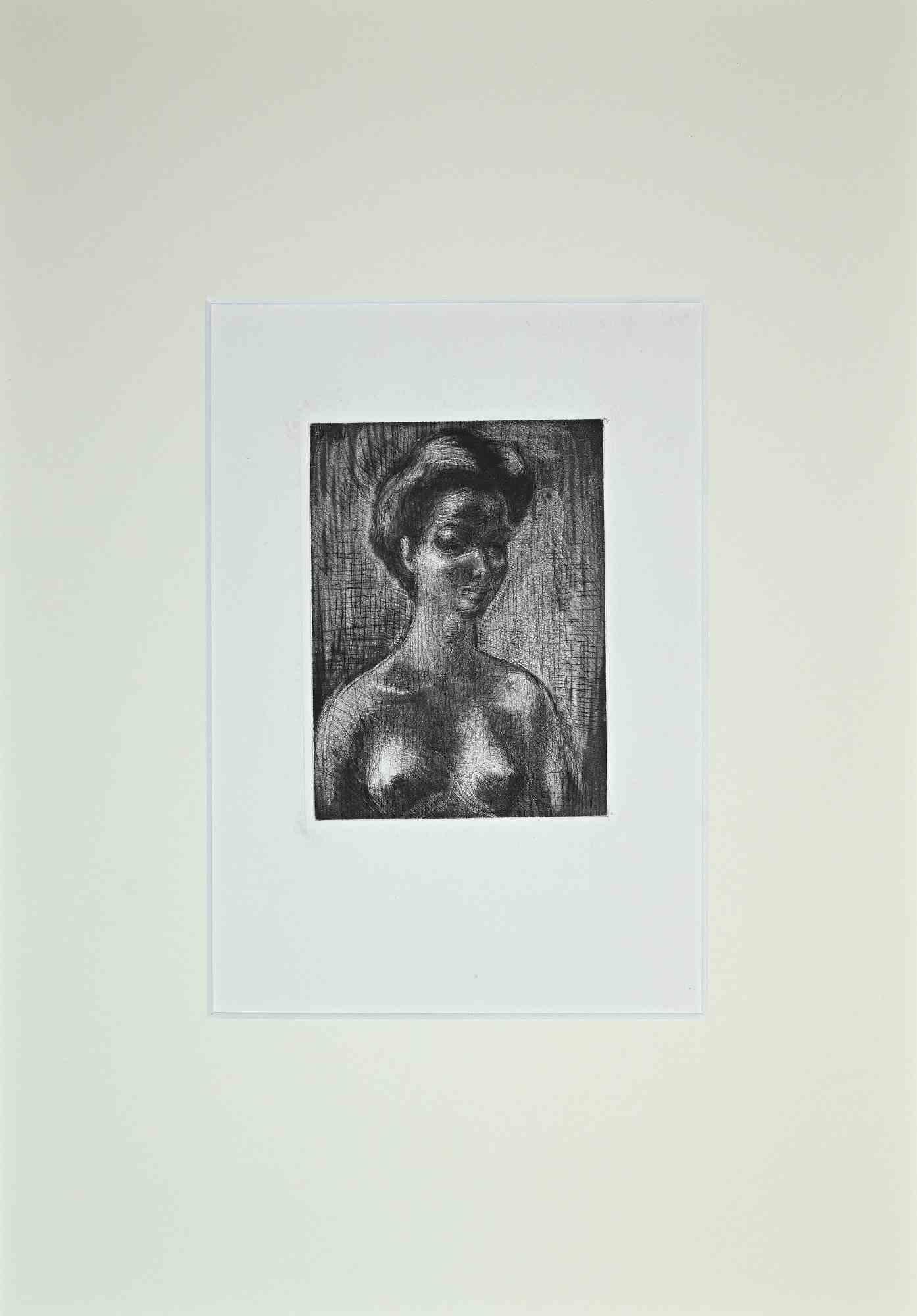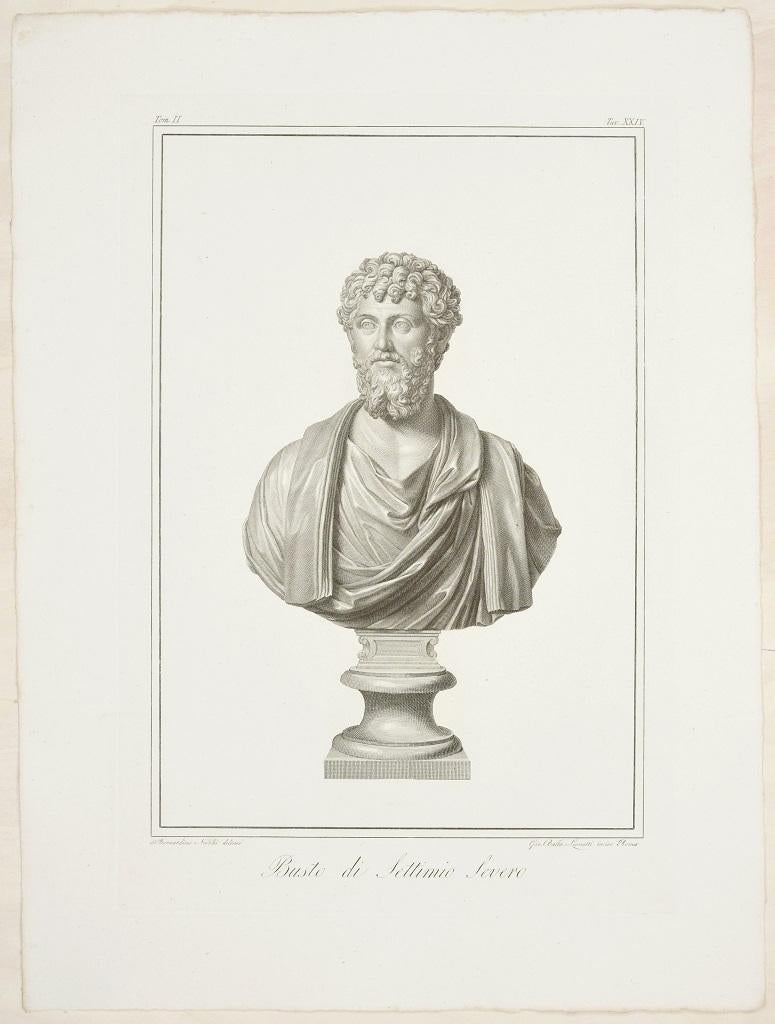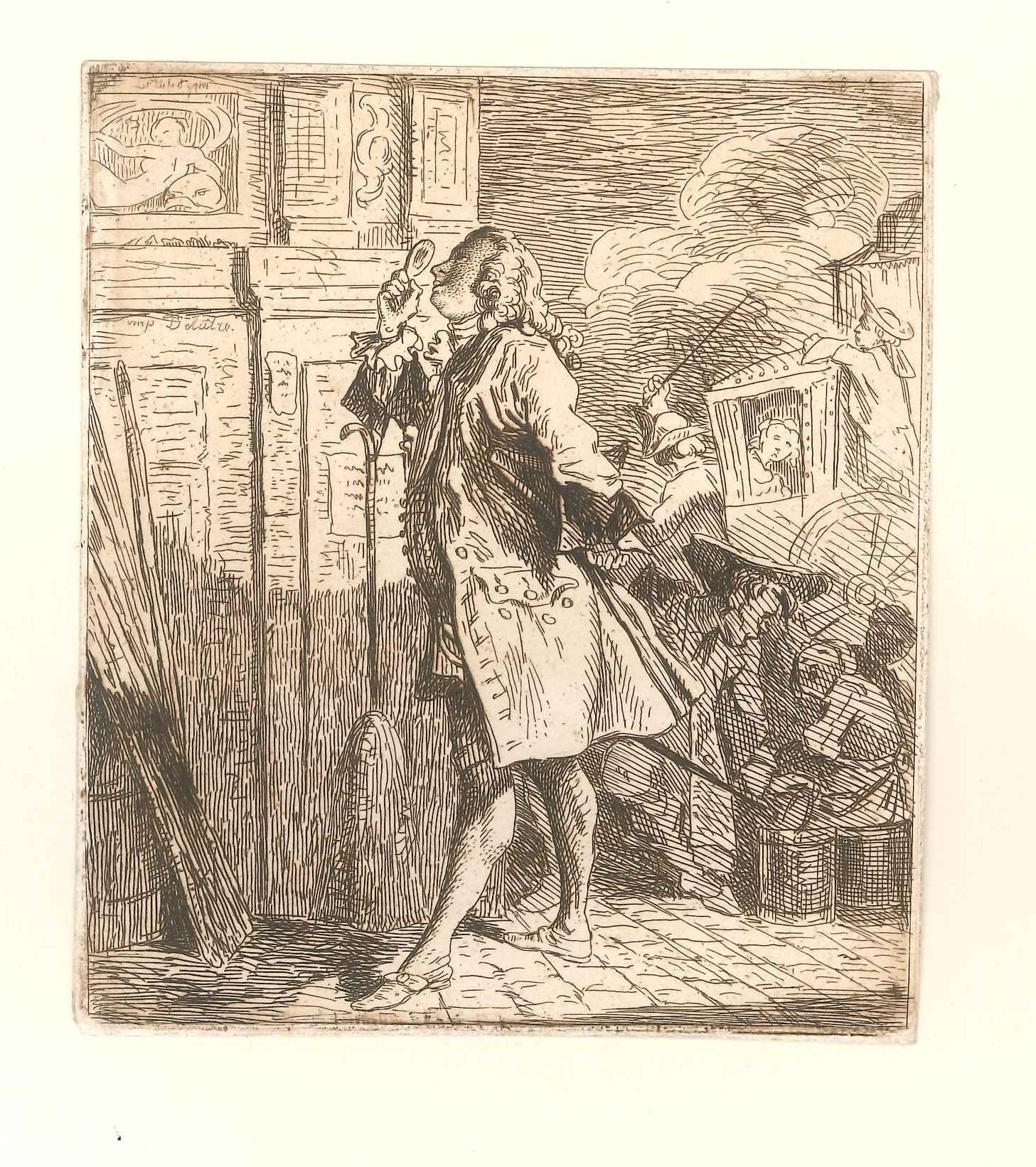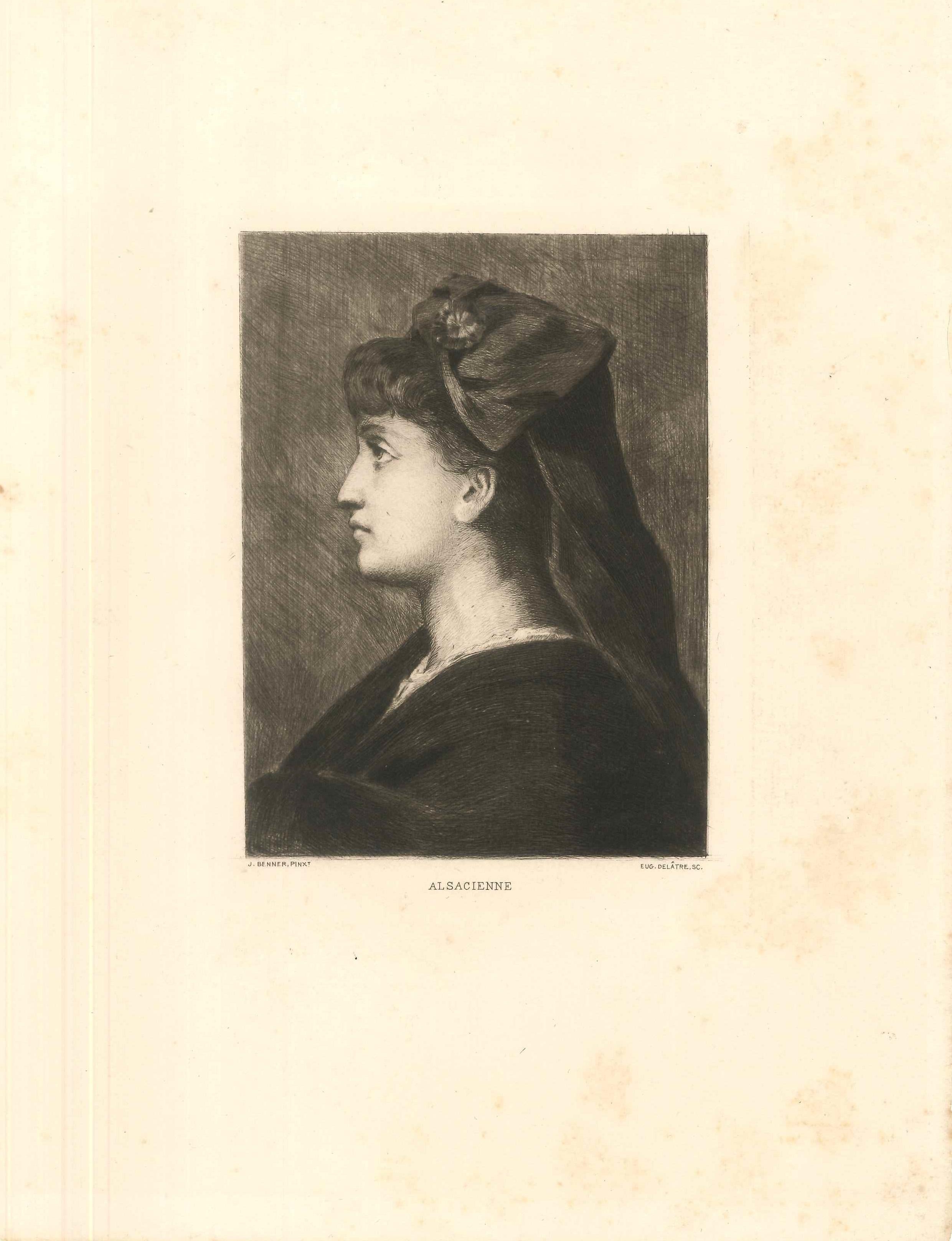Pablo PicassoPablo Picasso - Seated Woman - Original Etching1943
1943
About the Item
- Creator:Pablo Picasso (1881-1973, Spanish)
- Creation Year:1943
- Dimensions:Height: 7.29 in (18.5 cm)Width: 11.03 in (28 cm)Depth: 0.04 in (1 mm)
- Medium:
- Movement & Style:
- Period:
- Condition:
- Gallery Location:Collonge Bellerive, Geneve, CH
- Reference Number:1stDibs: LU16125266222
Pablo Picasso
One of the most prolific and revolutionary artists the world has ever seen, Pablo Picasso had a tremendous impact on the development of 20th-century modern art. Although he is best known for his association with the Cubist movement, which he founded with Georges Braque, Picasso’s influence extends to Surrealism, neoclassicism and Expressionism.
“Every act of creation is, first of all, an act of destruction,” the Spanish artist proclaimed. In Picasso's Cubist paintings, he emphasizes the two-dimensionality of the canvas, breaking with conventions regarding perspective, foreshortening and proportion. Picasso was inspired by Iberian and African tribal art. One of his most famous pre-Cubist works is Les Demoiselles d’Avignon (1907), a painting considered immoral and shocking at the time for its depiction of nude women whose faces resemble Iberian tribal masks.
Picasso made many portraits in this style, most often of the women in his life, their expressively colored faces composed of geometric shards of surface planes. In Woman in a Hat (Olga), 1935, he painted his first wife as an assemblage of abstract forms, leaving the viewer to decipher the subject through the contrasting colors and shapes. Picasso was a tireless artist, creating more than 20,000 paintings, drawings, prints, ceramics and sculptures. Tracing his life’s work reveals the progression of modern art, on which he had an unparalleled influence.
Browse an expansive collection of Pablo Picasso's art on 1stDibs.
- ShippingRetrieving quote...Ships From: Collonge Bellerive, Geneve, Switzerland
- Return PolicyA return for this item may be initiated within 7 days of delivery.
- Raoul Dufy - Chickens - Original EtchingBy Raoul DufyLocated in Collonge Bellerive, Geneve, CHRaoul Dufy - Chickens - Original Etching Dimensions: 13 x 10". Edition of 200 1940 Edition Les Bibliophiles du Palais, Paris Unsigned and unumbered as issuedCategory
1940s Modern Portrait Prints
MaterialsEtching
- Hermine David - Workers - Original EtchingBy Hermine DavidLocated in Collonge Bellerive, Geneve, CHHermine David - Workers - Original Etching Paris, Le Gerbier, 1946 Edition of 340 Signed in the plateCategory
1940s Modern Portrait Prints
MaterialsEtching
- Henry de Waroquier - Portrait - Original EtchingBy Henry de WaroquierLocated in Collonge Bellerive, Geneve, CHHenry de Waroquier - Portrait - Original Etching Paris, Le Gerbier, 1946 Edition of 340 Signed in the plateCategory
1940s Modern Portrait Prints
MaterialsEtching
- Robert Lotiron - Landscape - Original EtchingBy Robert LotironLocated in Collonge Bellerive, Geneve, CHRobert Lotiron - Landscape - Original Etching Paris, Le Gerbier, 1946 Edition of 340 Born 29 October 1886, in Paris; died 18 April 1966, in Rueil-Malmaison. Painter (gouache), watercolourist, draughtsman, engraver, lithographer, illustrator. Landscapes. Murals, designs for tapestries. Robert Lotiron was a pupil of Jules Lefebvre...Category
1940s Modern Portrait Prints
MaterialsEtching
- André Lhote - Cubist Landscape - Original EtchingBy André LhoteLocated in Collonge Bellerive, Geneve, CHAndré Lhote - Cubist Landscape - Original Etching Paris, Le Gerbier, 1946 Edition of 340 Signed in the plate Unumbered as issuedCategory
1940s Modern Portrait Prints
MaterialsEtching
- Pierre Bonnard - People - Original EtchingBy Pierre BonnardLocated in Collonge Bellerive, Geneve, CHPierre Bonnard - People - Original Etching Circa 1940 Dimension : 30 x 23 cm Signed in the plate with his initials.Category
1940s Modern Figurative Prints
MaterialsEtching
- Homme dévoilant une Femme. (Man uncovering a woman).By Pablo PicassoLocated in Storrs, CTHomme dévoilant une Femme. (Man uncovering a woman). 1931. Drypoint. Bloch 138; Baer 203 B.d. Vollard Suite, plate 5. Printed by: Lacourie...Category
Mid-20th Century Modern Portrait Prints
MaterialsEtching
- Serbian Musician - Original Etching by Théodore Valério - 1854By Theodore ValerioLocated in Roma, ITSerbian Musician is an Original Etching realized by Theodore Valerio in 1854. The artwork is in very good condition, included a white cardboard passpartout (50x34 cm). Hand-signed ...Category
1850s Modern Figurative Prints
MaterialsEtching
- Portrait - Original Etching by Josè Vilato Ruiz Fin - 1940sLocated in Roma, ITPortrait is an original etching realized by Josè Vilato Ruiz Fin (1916-1969). Good condition no signature. Included a white cardboard passpartout (49x34 cm).Category
1940s Modern Figurative Prints
MaterialsEtching
- Bust of Septimius Severus - Original Etching by G.B. Leonetti After B. NocchiLocated in Roma, IT“Busto di Settimio Severo” (Bust of Settimio Severo) is a beautiful black and white burin and etching on paper, realized by the Italian artist Giovanni Battista Leonetti , after Bernardino Nocchi...Category
1820s Modern Figurative Prints
MaterialsEtching
- Lafont de St. Yenne - Original Etching by Léopold Flameng - 1859By Léopold FlamengLocated in Roma, ITLafont de Saint-Yenne is an original black and white etching realized by Léopold Flameng. This curious artwork, representing a French gentleman, art connesseur, admiring some architectural decoration; was published in "Gazette des Beaux Arts in 1859". A wonderful print, after a satirical drawing by Caylus. In excellent conditions, including a cream cardboard passepartout, cm 38.5 x 28.5. Léopold Flameng (1831, Brussels –1911, Courgent) The French engraver, illustrator and painter is known for his etchings of works by Jan van Eyck, Leonardo da Vinci, Rembrandt, Ingres and Delacroix. Flameng also illustrated several books on Paris and numerous literary works of classical and contemporary authors, including Boccaccio, Paul Scarron, Victor Hugo and François Coppée. His first artistic studies were with Luigi Calamatta and Jean Gigoux. His skill as engraver was noticed by Charles Blanc and his collaboration in the Gazette des Beaux-Arts with fellow engraver Léon Gaucherel...Category
1850s Modern Portrait Prints
MaterialsEtching
- Alsacienne - Original Etching by Eugène Delâtre after Jean BennerBy Eugène DelâtreLocated in Roma, ITAlsacienne is a fine black and white etching, realized by Eugène Delâtre (1864-1939), after Jean Benner. A beautiful etching representing a female prof...Category
Late 19th Century Modern Figurative Prints
MaterialsEtching
Recently Viewed
View AllRead More
Science Uncovers Hidden Truths behind Young Pablo Picasso’s Blue Period
From 1901 to 1904, Picasso limited his palette to bluish hues in producing some of his most famous early works. A new show looks at the recycled materials, hidden underpaintings, surprising influences and bohemian lifestyle that led to their creation.
Who Are the Most Popular Artists on 1stdibs?
Learn the stories of some of the world's most recognizable artworks and their makers.
